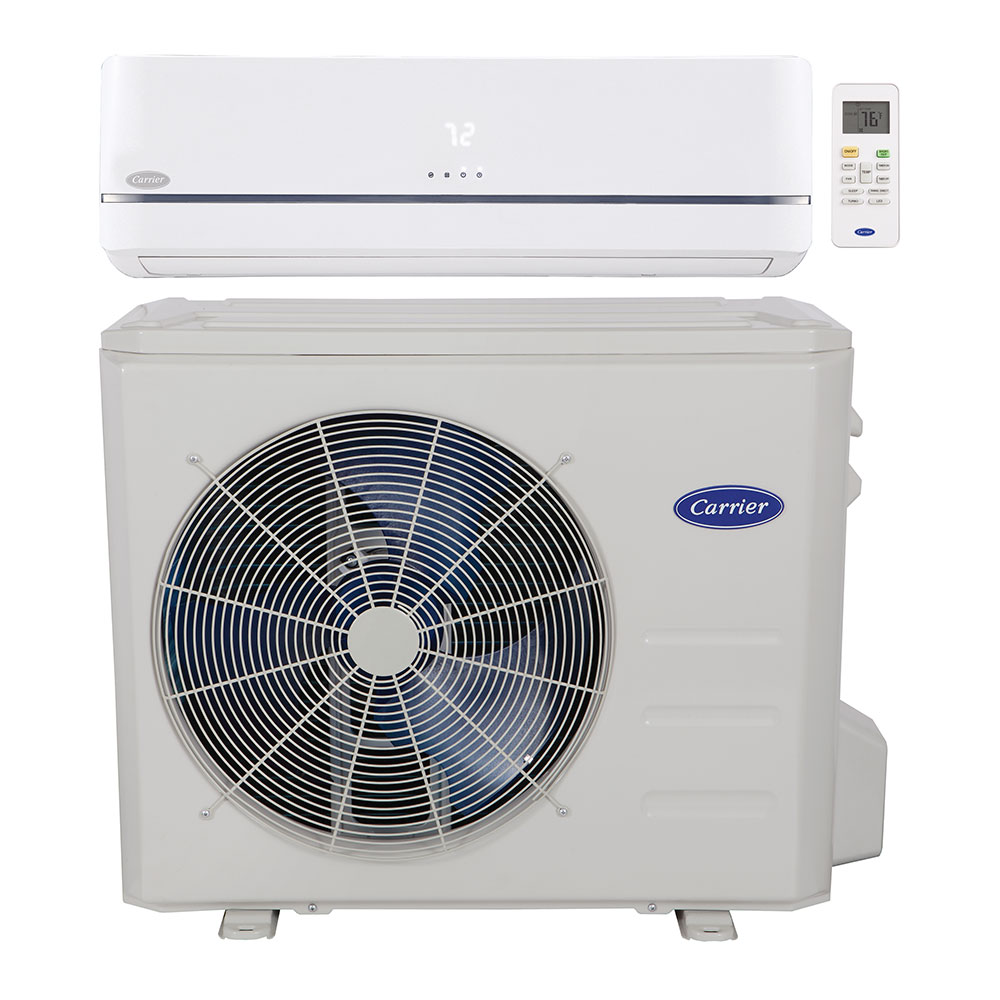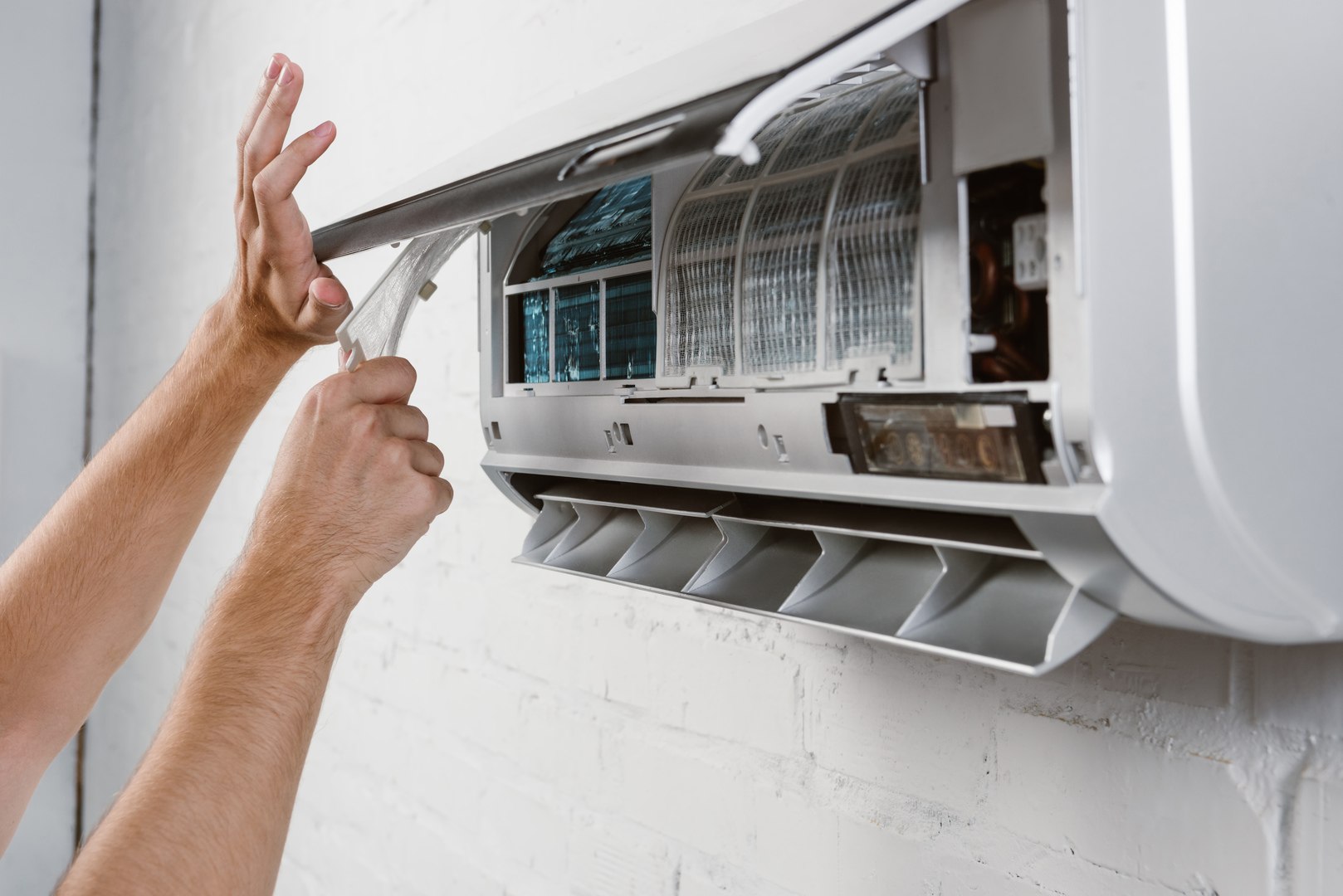If you have actually ever found yourself in a room where the a/c just couldn't seem to stay up to date with the summertime warmth, you may gain from reviewing your space.
Ensuring your air conditioning system is correctly sized and installed calls for attention to essential measurements such as area dimension, doors and window measurements, ceiling height, insulation quality, and air flow patterns. By recognizing these aspects, you can maximize your air conditioning system's efficiency and efficiency.

However exactly how precisely do these measurements impact your cooling installment?
Secret Takeaways
- Properly gauge space dimensions for proper device capacity and airflow optimization.
- Select energy-efficient doors and windows to boost insulation and decrease warm transfer.
- Make certain ideal vent positioning and unblocked airflow for effective cooling circulation.
- Update insulation to improve thermal resistance, seal spaces, and improve general system performance.
Room Size Dimensions
When measuring space size for air conditioning installment, ensure you precisely examine the measurements to identify the ideal system capacity. Beginning by taking into consideration furnishings positioning within the area. Furniture can obstruct air circulation if put also close to vents or the air conditioning unit. To ensure maximum air conditioning efficiency, prepare your furniture in such a way that promotes proper airflow throughout the room.
Additionally, think about the area's format and size when preparing for air circulation. Appropriate air blood circulation is essential for keeping a regular temperature throughout the room. Bear in mind any barriers that could interrupt the circulation of air, such as curtains blocking vents or big items of furnishings blocking air flow. By assuring ample room for air to distribute easily, you can make best use of the efficiency of your cooling system and develop a comfy setting in your home.
Doors And Window Dimensions
To ensure appropriate cooling setup, assess the measurements of doors and windows in the room to maximize airflow and cooling effectiveness. When examining doors and window dimensions, consider the following:
- Frame Compatibility: Ensure that the air conditioning unit you choose is compatible with the frames of your windows and doors. Incorrect fit can lead to air leakages and lowered power performance.
- Installation: Think about the installation process when selecting a cooling unit. Some units might need particular window measurements or extra modifications for proper installment.
- Material Selection: Choose windows and doors made from products that supply great insulation to enhance energy effectiveness. Effectively insulated windows and doors can help preserve a regular temperature level in the area.
- Power Efficiency: Choose energy-efficient windows and doors to lower warmth transfer and enhance the total performance of your air conditioning system. Energy-efficient products can boost the cooling capabilities of your space while lowering power costs.
Ceiling Elevation Assessment
Assessing the height of your ceiling is crucial for figuring out the most effective positioning of air conditioning vents for efficient cooling distribution. When assessing your ceiling elevation, see to it to think about the clearance required for both the ductwork and the cooling vents. Adequate ceiling clearance assurances that the ductwork can be installed correctly without any obstructions, permitting excellent air flow throughout the space.
Additionally, correct clearance above the vents guarantees that the cooled air can flow openly without any limitations, resulting in more also cooling in the room.
When preparing the positioning of ductwork, think about the elevation of your ceiling to prevent any type of problems with installation or performance. Properly positioned ductwork can aid optimize the performance of your a/c system and make certain that each room receives enough air conditioning.
Insulation Assessment
Evaluate the insulation high quality to enhance the performance of your air conditioning system. Proper insulation plays an essential function in preserving a comfy indoor environment while optimizing power effectiveness. Right here are 4 bottom lines to examine when evaluating the insulation in your area:

- Thermal Resistance: Examine the R-value of your existing insulation to ensure it satisfies the recommended requirements for your region. Greater thermal resistance shows much better insulation top quality, which helps in decreasing heat transfer and maintaining a constant temperature level.
- Insulation Positioning: Evaluate the placement of insulation throughout your room, concentrating on areas such as wall surfaces, ceilings, and floorings. Appropriately set up insulation stops power wastefulness by lessening warmth exchange with the surrounding atmosphere.
- Securing Gaps: Determine and secure any kind of voids or cracks in the insulation to avoid air leak. Correctly sealed insulation improves power effectiveness by preserving impermeable barriers that protect against conditioned air from leaving.
- Updating Insulation: Consider updating your insulation to more recent, extra energy-efficient products. Updating can boost thermal resistance, decrease energy consumption, and improve the general performance of your cooling system.
Air movement Evaluation
Inspecting the air flow within your room is very important for making sure peak efficiency of your air conditioning system. Appropriate air movement circulation is important to preserve regular temperature levels throughout the area. When analyzing airflow, think about the air flow demands of each space to guarantee adequate air circulation.
To analyze airflow distribution, begin by looking for any blockages such as furniture obstructing vents or debris clogging duct. Poor air flow can cause inefficient cooling and home heating, resulting in pain and raised power expenses. It's important to attend to any kind of issues immediately to optimize the efficiency of your cooling system.
In addition, understanding the ventilation demands of various areas in your house or workplace is vital to maintaining air high quality and convenience levels. Correct air flow helps eliminate stale air, odors, and toxins while bringing in fresh outdoor air. By assessing air flow and ventilation needs, you can create a much more comfortable and healthy indoor atmosphere for everyone.
Often Asked Concerns
Exactly How Can I Identify the most effective Location for My Cooling Device Within the Space?
When finding out the most effective place for your air conditioner unit in an area, take into consideration the air conditioning ability and air flow. Keep the device far from obstacles that could block airflow and place it centrally in the area to assure also cooling.
Perfect positioning aids disperse cool air efficiently, maximizing the device's performance. Correct positioning can make a considerable distinction in exactly how efficiently your ac unit cools the area.
Are There Any Particular Variables to Think About When Setting Up a Cooling Device in a Multi-Level Building?
When mounting an air conditioning system in a multi-level building, consider aspects like energy performance, cooling capability, positioning, and ease of access.
Make certain the system is strategically placed to cool numerous degrees successfully. Choose a place that permits simple gain access to for repair and maintenance.
Furthermore, evaluate the air conditioning ability to ensure it can sufficiently cool the entire building. These considerations will certainly assist optimize the performance of your cooling system in a multi-level setup.
What Is the Perfect Range Between the Cooling Unit and Any Type Of Heat-Producing Appliances in the Area?
When positioning your a/c system, ensure appropriate air flow distance from heat-producing home appliances in the area. This assists with heat dispersion and avoids the a/c from working harder to cool down the space.
Aim for a perfect distance of a minimum of 3 feet in between the AC system and any heat resources like ovens or lamps. Keeping this separation will certainly optimize the performance of your cooling system and expand its life-span.
Are There Any Type Of Prospective Threats That I Should Understand When Setting Up an Air Conditioning Unit in a Little or Encased Area?
When installing an a/c device in a tiny or encased room, bear in mind possible hazards. Make certain to address air flow problems to prevent air quality problems. Take security precautions seriously, especially with limited room restrictions.
Be aware of setup difficulties like proper placement for finest performance. Focus on safety and security and make sure your room is well-ventilated to avoid any type of risks associated with installing a cooling unit in a constrained area.
Just How Can I Make Sure Proper Ventilation for My A/c Device to Run Efficiently in a Room With Limited Air Flow?
To maximize air movement for your cooling system in an area with minimal air flow, assurance correct ventilation by maintaining vents clear and unblocked.

Regularly tidy or replace air filters to keep effectiveness. mini split ac installation
Consider making use of a follower to help circulate air and protect against stagnant pockets.
Position the system in an area where air can stream easily, staying clear of confined rooms.
These actions will certainly assist your a/c unit run successfully and cool the space effectively.
Final thought
Now that you have taken vital dimensions for your a/c installation, you're one action closer to making certain peak air conditioning performance in your area.
By precisely examining area dimension, window and door dimensions, ceiling elevation, insulation, and air flow, you can make informed choices on the most effective air conditioner system for your requirements.
Bear in mind, appropriate measurements are vital for a successful and efficient air conditioning setup.
